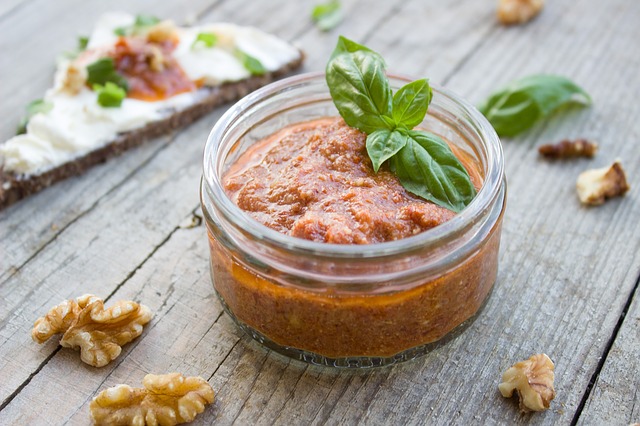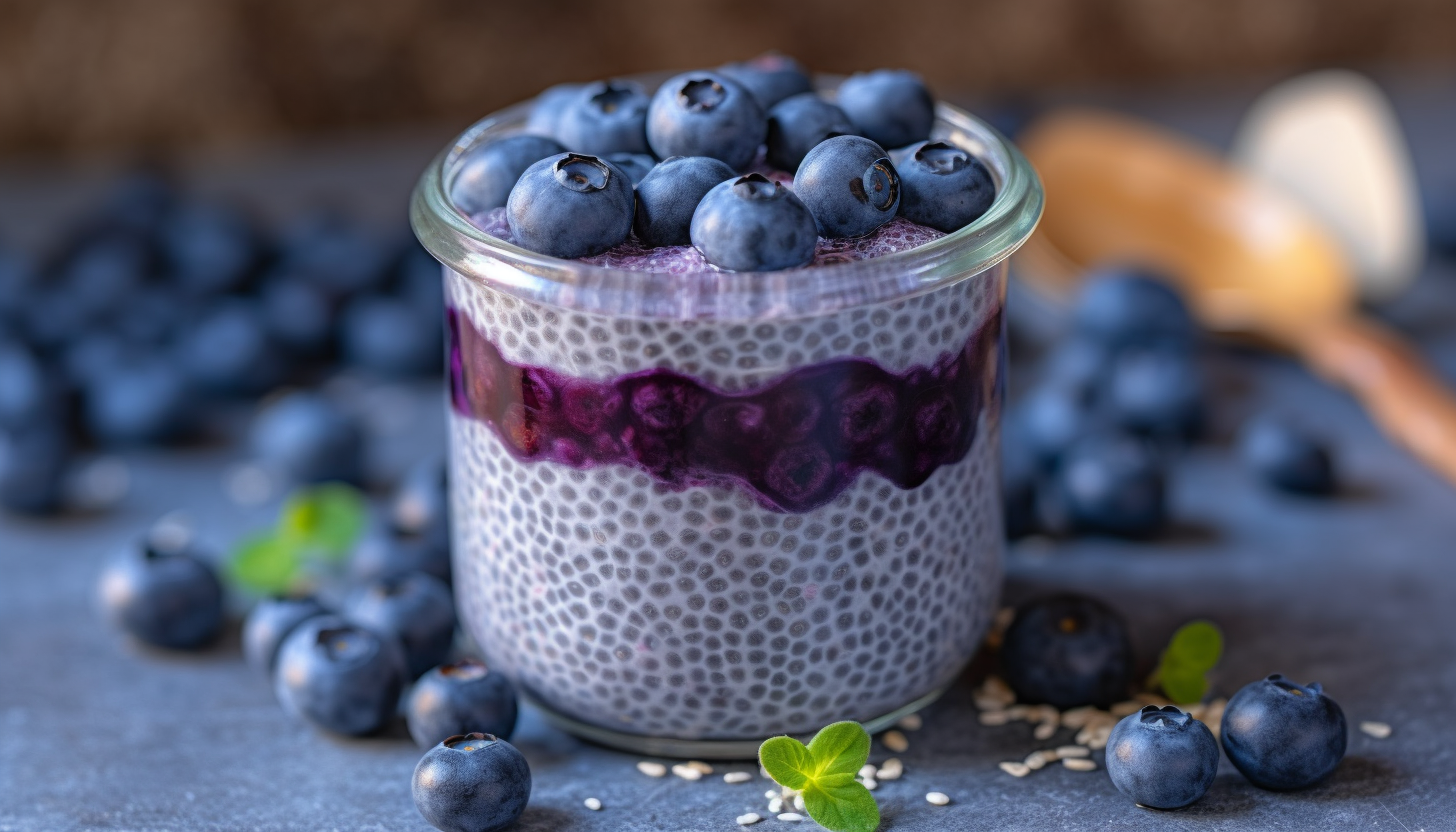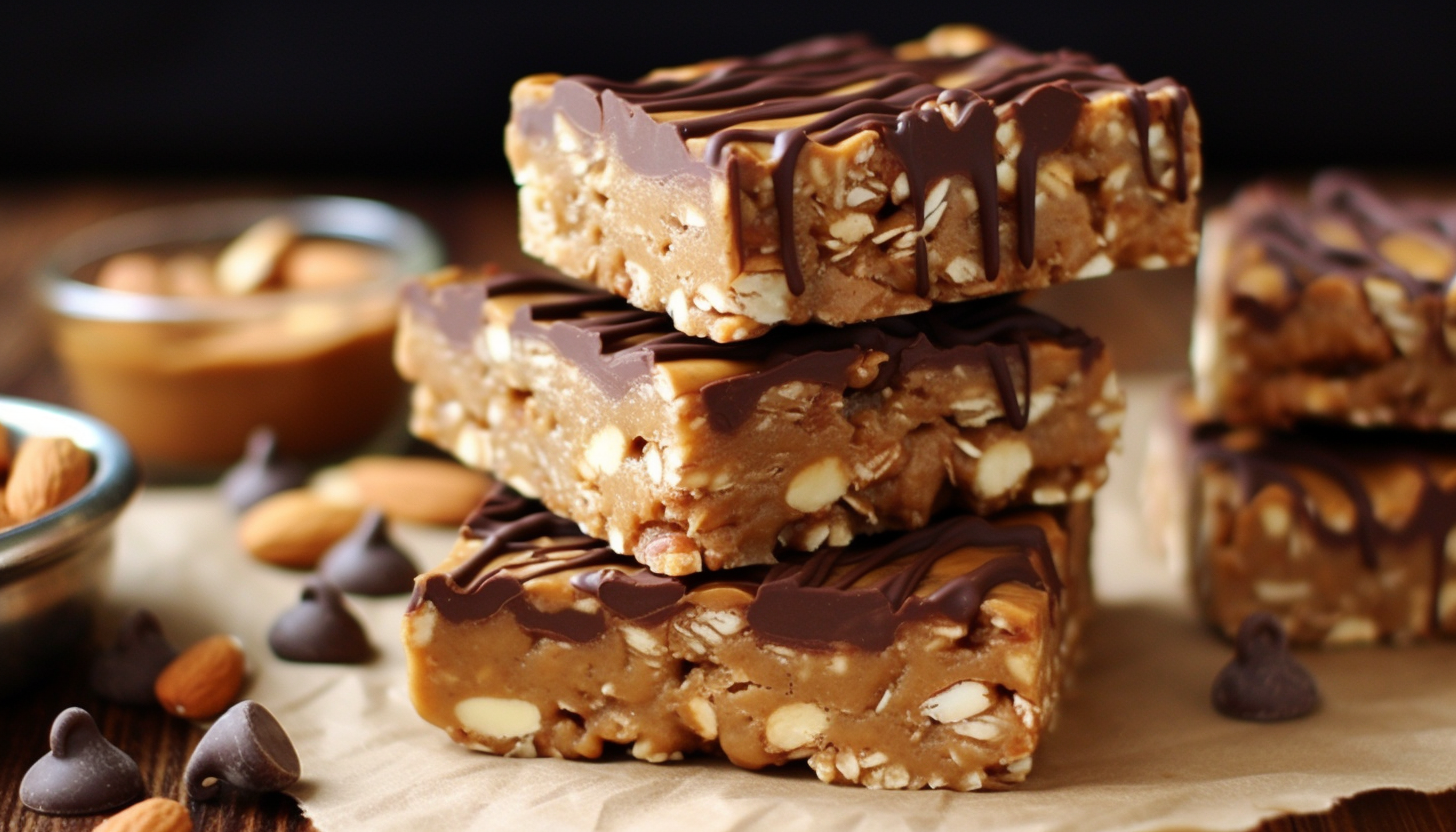Recently our family has been experimenting in the world of Lacto-fermented vegetables. We have mostly just made pickles and hot peppers so far. But this Lacto fermented salsa recipe is by far our favorite.
Last week I bought a box of dent and spot tomatoes from a local farm for 88 cents per lb. After canning 2 huge jars of sauce, we still had about 10 tomatoes leftover. Since I still had hot peppers in my fridge I decided to make some salsa.
This is so easy to make and the fermentation causes the salsa to have a nice tangy bite.
I blanch my tomatoes for about 5 seconds in boiling water. This kills any nasties that might be on the fruit and makes peeling them a breeze. To seed tomatoes, you simply cut them in half horizontally and give a slight squeeze. Use a spoon or other instrument to scoop out any seeds.
Large heirloom tomatoes make the nicest salsa. Brandywine and Cherokee Purple are great varieties, but any large “cooking” tomato will work.
Do not cook your ingredients and do not “can” the jars. This is natural food preservation at its finest. To learn more about how Lacto-fermentation works and its benefits visit these sites:
Fresh Garden Salsa: Lacto-fermented
Ingredients
- 4 large tomatoes peeled and seeded
- 1 small onion
- 2-3 hot peppers Jalepeno for hotter salsa, Hatch for medium, Ancho or Poblano for milder
- 1 clove garlic
- 1-2 tsp cilantro dill, or oregano (optional)
- 2 tsp non-iodized kosher salt or sea salt
Instructions
- Peel the onion and garlic. Slice peppers in half lengthwise and remove seeds. Place onion, garlic, and peppers in a food processor and pulse until fine.
- Add tomatoes, herbs, and salt. Pulse until it reaches desired consistency.
- Pour salsa into a large canning jar. You want to leave about 1/2 inch of space from the top. Use 2 smaller jars if needed. If the salsa is thick you may need to add a touch of water so the chunks of tomato are submerged in the salt brine. Place the seal on and screw the lid on securely. Don't make it too tight or the seal could warp.
- Place in a dark, dry cupboard for at least 3 days. DO NOT REFRIGERATE! Your salsa will begin to bubble slightly and may smell slightly tangy. This is good. After 3 days you can start to taste it. When it reaches the hotness and tanginess you like, place the jar(s) in the fridge. The flavor will continue to develop for up to a month.
What are the benefits of fermenting salsa?
It’s all about the taste! Just as braising or slow-cooking develops flavor gradually, fermentation develops flavor gradually over time. While the texture of some commercial salsa is often cooked, the texture of whey-fermented salsa generally remains crisp.
This is how it works
Salsa can be fermented in many ways, but the general idea is to combine vegetables, salt, and water in a jar and leave it out of direct sunlight at room temperature for a few days.
We don’t have to use whey to lacto-ferment vegetables in this recipe, as a bit of salt and the bacteria found in the vegetables will suffice. Whey, on the other hand, works as a starter and jumpstarts the process. Consequently, you’ll get your fermented salsa a bit sourer sooner and be able to enjoy it sooner.
Pin it:

- The Importance of Developing a Sober Mind in Our Students - February 22, 2019
- Teaching Children At Natural Development Points - February 21, 2019
- Dealing With The Fears Of Unlimited Game and Media Time - January 20, 2019





Aadel, I am VERY excited about this! Is it okay to NOT peel the tomatoes?
Ach- sorry I didn’t see your comment! I think it is fine- but my tomatoes had some bad spots so I decided to boil them and peel them just in case. Hope you like it!!!
I have heard a mention about lacto-fermentation, but I had not experimented with the preparation techniques as of yet. The recipe seems so simple to try. Would it best to include other ingredients like mangos or pineapples when plating a dish?
I am somewhat confused by this, where is the lacto fermentation in this recipe? It mentions salt water but no enzymes or bacteria from separated milk, that is what lacto means in my experience. For pickling I use salt water or vinegar (unpasteurised, not not much point) and for fermentation I use whey from unpasteurised milk with all the bacteria and enzymes in it to do the job. I make yogurt from the curds, or lemon curd! Yum. The main thing is that it is so healthy to put that gut and intestinal bacteria where it belongs, in whatever way you can. No depression, no sluggishness, no mood swings, no IBS and the list goes on. Thank you for promoting a healthy way of life and going back to recipes that looked after our emotional nervous system (digestive system) that modern day processed foods has put an end to and consequently mental health issues, cancer, cardiac disorders and diabetes on the rise.
The microorganisms present on the vegetables are enough (along with the brine) to start the lacto-fermentation process. Here is some additional info: http://www.nourishingmeals.com/2012/02/how-to-make-lacto-fermented-vegetables.html